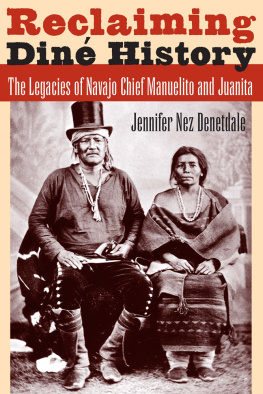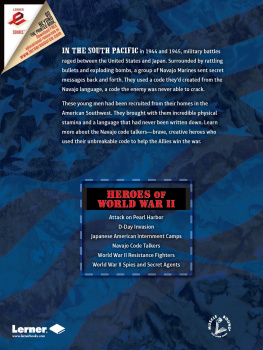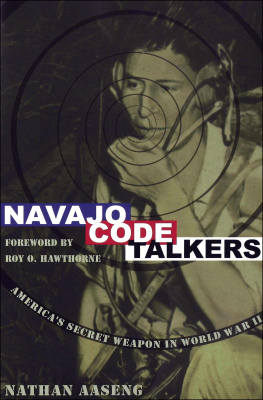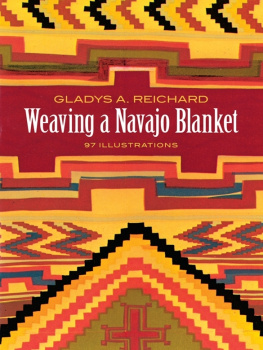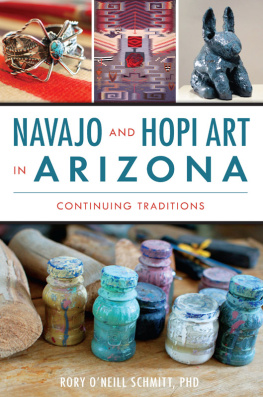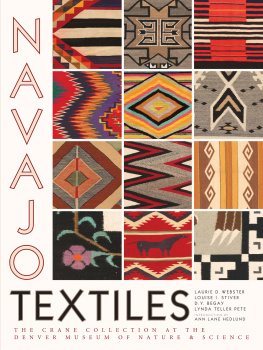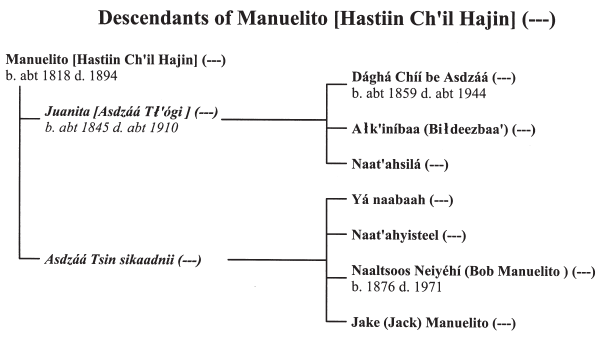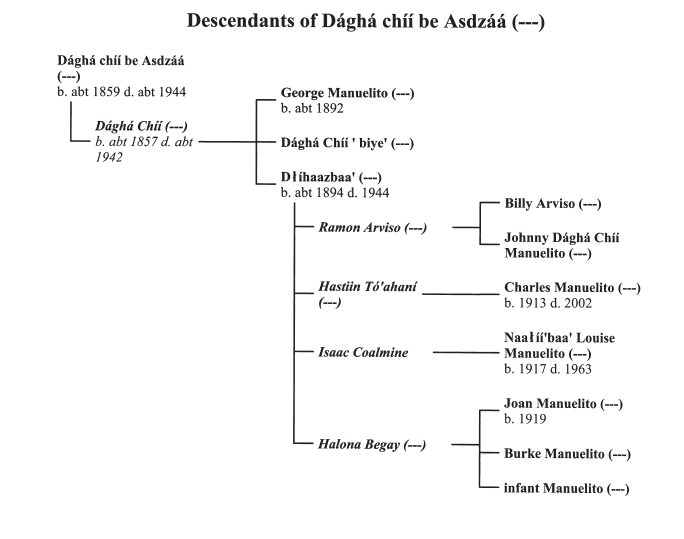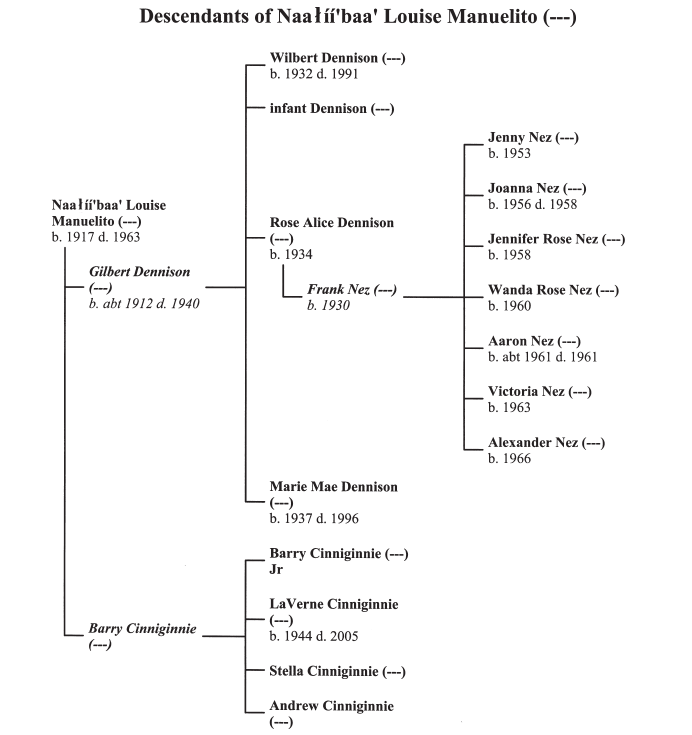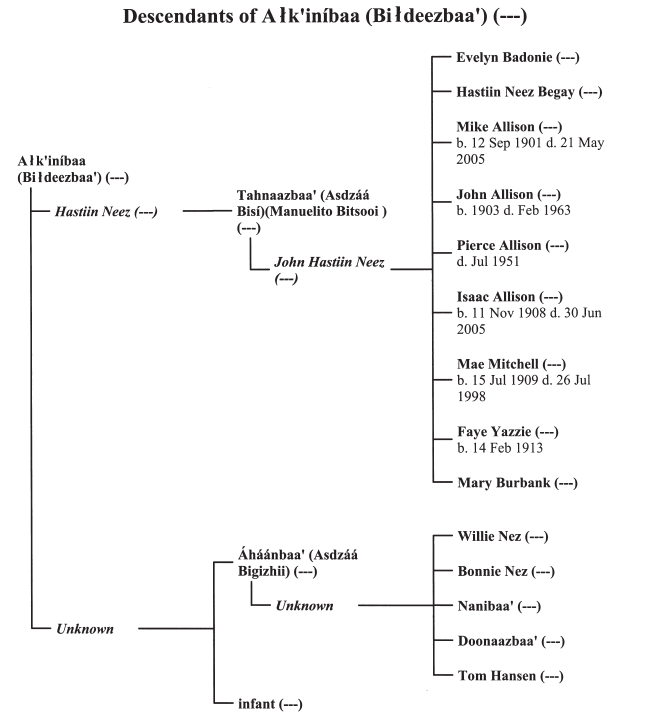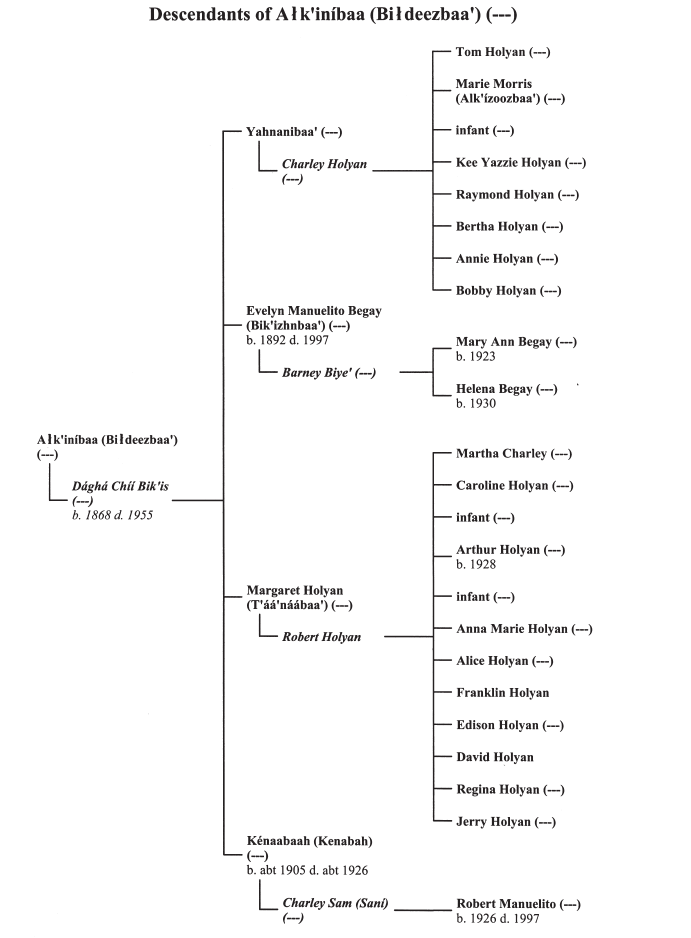Jennifer Nez Denetdale - Reclaiming Diné History: The Legacies of Navajo Chief Manuelito and Juanita
Here you can read online Jennifer Nez Denetdale - Reclaiming Diné History: The Legacies of Navajo Chief Manuelito and Juanita full text of the book (entire story) in english for free. Download pdf and epub, get meaning, cover and reviews about this ebook. year: 2015, publisher: University of Arizona Press, genre: Politics. Description of the work, (preface) as well as reviews are available. Best literature library LitArk.com created for fans of good reading and offers a wide selection of genres:
Romance novel
Science fiction
Adventure
Detective
Science
History
Home and family
Prose
Art
Politics
Computer
Non-fiction
Religion
Business
Children
Humor
Choose a favorite category and find really read worthwhile books. Enjoy immersion in the world of imagination, feel the emotions of the characters or learn something new for yourself, make an fascinating discovery.
- Book:Reclaiming Diné History: The Legacies of Navajo Chief Manuelito and Juanita
- Author:
- Publisher:University of Arizona Press
- Genre:
- Year:2015
- Rating:3 / 5
- Favourites:Add to favourites
- Your mark:
Reclaiming Diné History: The Legacies of Navajo Chief Manuelito and Juanita: summary, description and annotation
We offer to read an annotation, description, summary or preface (depends on what the author of the book "Reclaiming Diné History: The Legacies of Navajo Chief Manuelito and Juanita" wrote himself). If you haven't found the necessary information about the book — write in the comments, we will try to find it.
In this groundbreaking book, the first Navajo to earn a doctorate in history seeks to rewrite Navajo history. Reared on the Navajo Nation in New Mexico and Arizona, Jennifer Nez Denetdale is the great-great-great-granddaughter of a well-known Navajo chief, Manuelito (18161894), and his nearly unknown wife, Juanita (18451910). Stimulated in part by seeing photographs of these ancestors, she began to explore her family history as a way of examining broader issues in Navajo historiography.
Here she presents a thought-provoking examination of the construction of the history of the Navajo people (Din, in the Navajo language) that underlines the dichotomy between Navajo and non-Navajo perspectives on the Din past. Reclaiming Din History has two primary objectives. First, Denetdale interrogates histories that privilege Manuelito and marginalize Juanita in order to demonstrate some of the ways that writing about the Din has been biased by non-Navajo views of assimilation and gender. Second, she reveals how Navajo narratives, including oral histories and stories kept by matrilineal clans, serve as vehicles to convey Navajo beliefs and values.
By scrutinizing stories about Juanita, she both underscores the centrality of womens roles in Navajo society and illustrates how oral tradition has been used to organize social units, connect Navajos to the land, and interpret the past. She argues that these same stories, read with an awareness of Navajo creation narratives, reveal previously unrecognized Navajo perspectives on the past. And she contends that a similarly culture-sensitive re-viewing of the Din can lead to the production of a Navajo-centered history.
Jennifer Nez Denetdale: author's other books
Who wrote Reclaiming Diné History: The Legacies of Navajo Chief Manuelito and Juanita? Find out the surname, the name of the author of the book and a list of all author's works by series.

